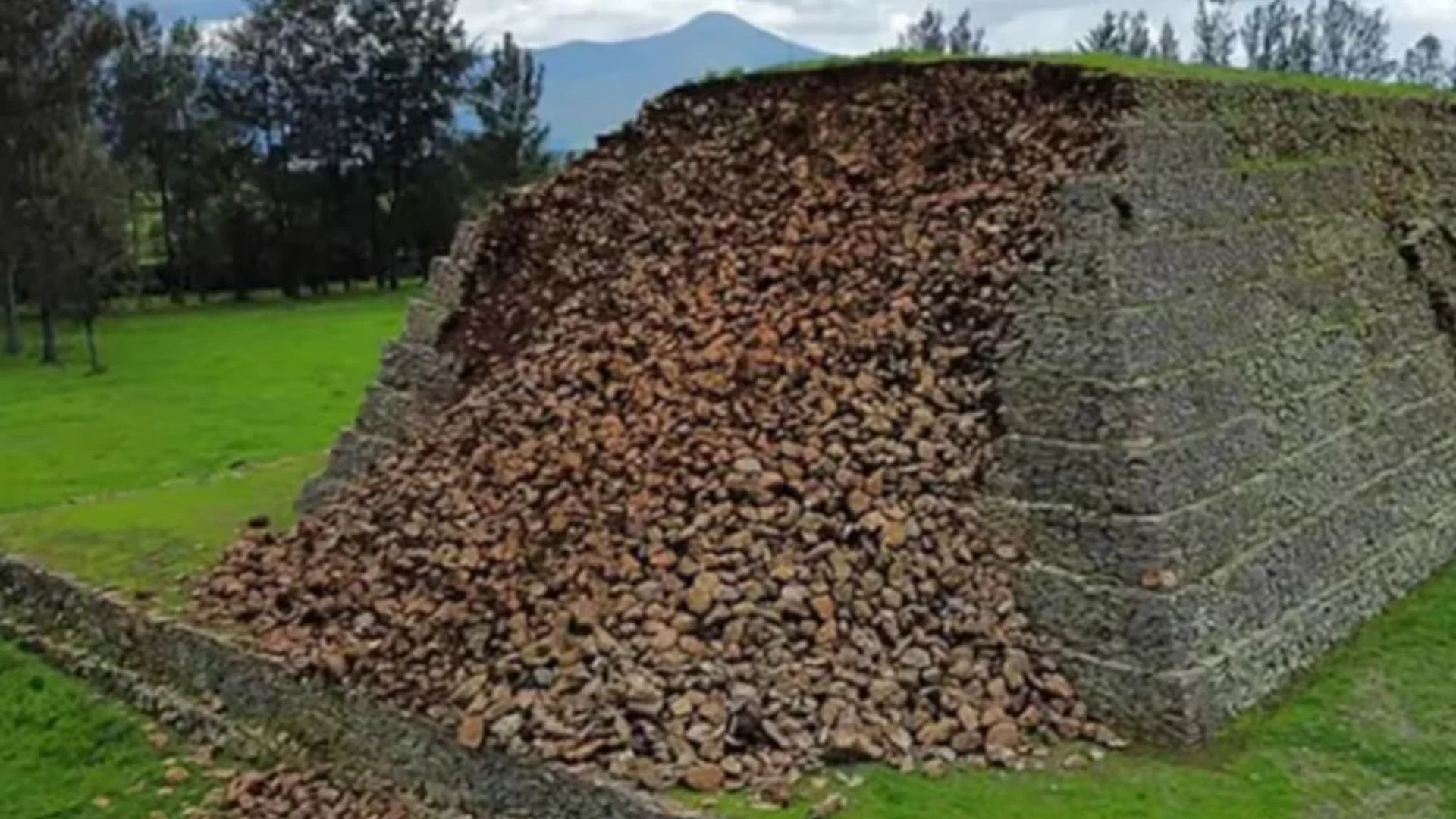Two ancient structures in Mexico have collapsed within a span of nine days, raising concerns among local tribes who view the events as a “bad omen.” The first incident occurred when the Double Arch in Utah’s Glen Canyon National Recreation Area unexpectedly collapsed, followed by the crumbling of a pyramid at the Ihuatzio Archaeological Zone. The damage to the Ihuatzio pyramid was extensive, affecting both the interior and exterior walls.
Experts believe that natural causes, such as cracks that allowed rainwater to seep into the structure, were responsible for the collapse. The pyramid, built by the ancestors of the Purepecha people—a tribe renowned for their resistance against the Aztecs—suffered severe damage due to heavy rainfall and prior drought conditions.
Tariakuiri Alvarez, a member of the Purepecha tribe, suggested that the collapse might have supernatural significance, possibly indicating an impending disaster. He referenced similar events from the past, particularly before the arrival of European conquistadors, which were seen as signs of the gods’ displeasure.
The Mexican National Institute for Anthropology and History (INAH) confirmed the collapse in a statement, attributing it to heavy rainfall in the Lake Pátzcuaro basin and the high temperatures that caused cracks in the structure. INAH personnel were dispatched to assess the damage, noting that at least six stepped bodies of the South Base were affected. The institute emphasized that ongoing damage assessment activities are focused on not only recovering the affected parts but also thoroughly repairing the structure.
The Ihuatzio Archaeological Zone, established around 900 AD, was a central site for the Purepecha tribe, particularly between the 13th and 16th centuries. Despite their eventual defeat by European invaders, the pyramids remain a significant archaeological site.























